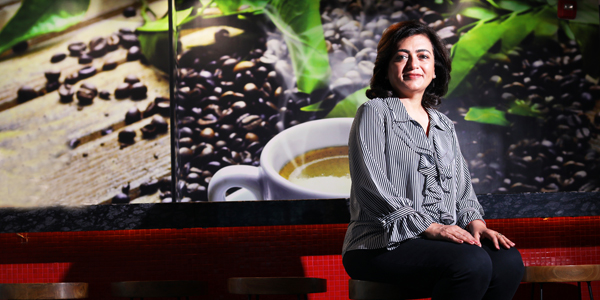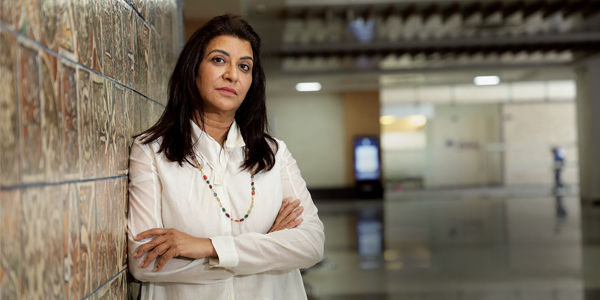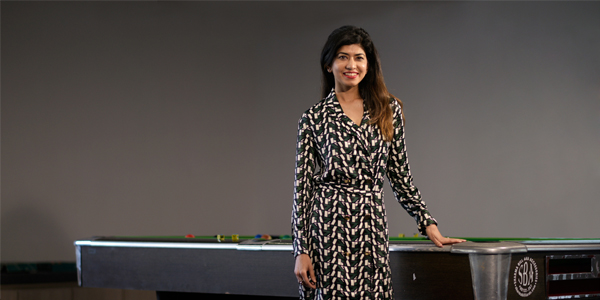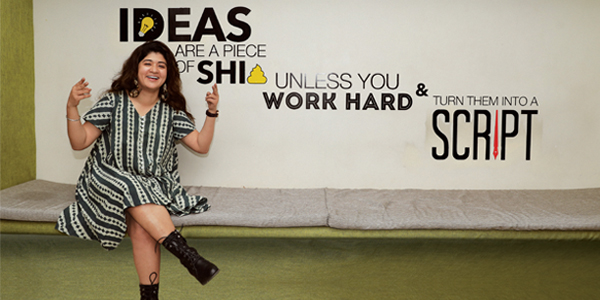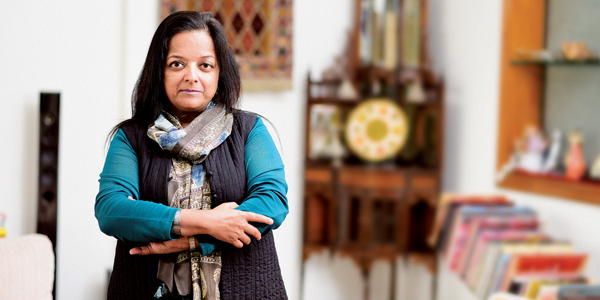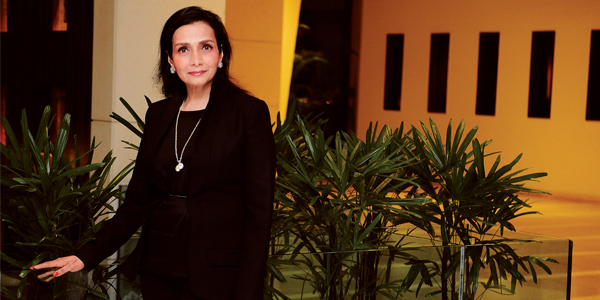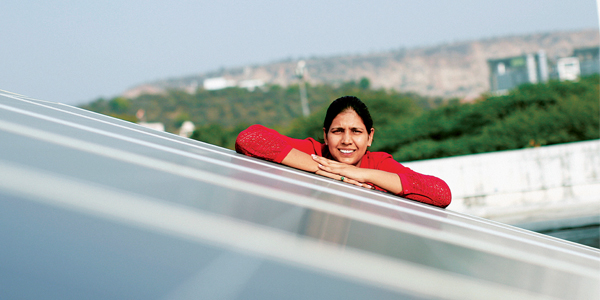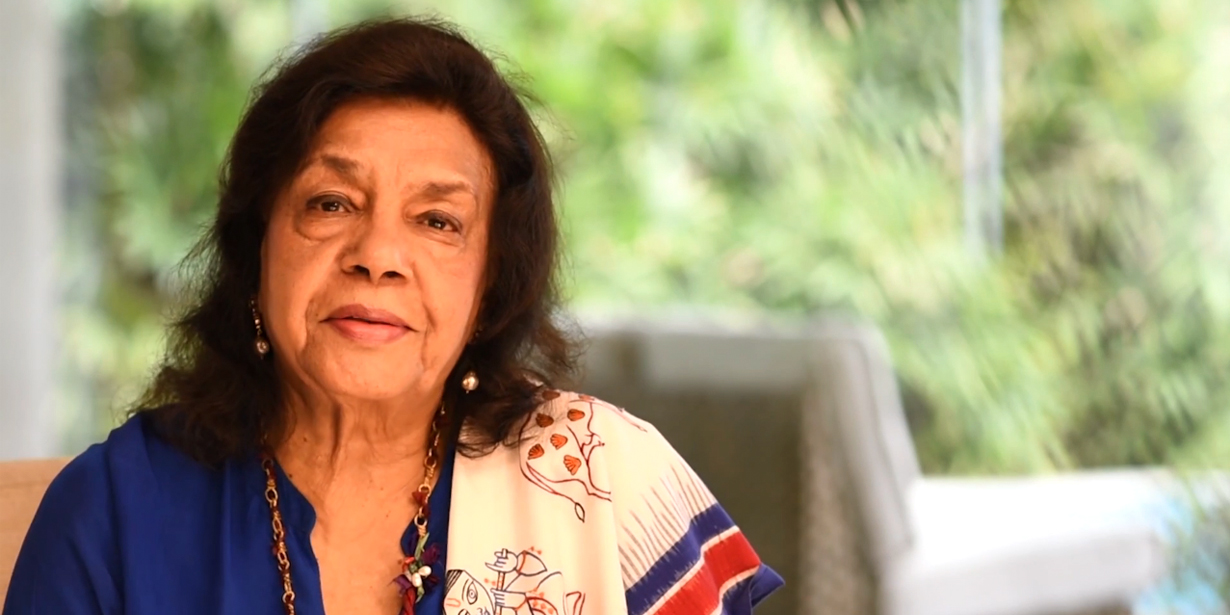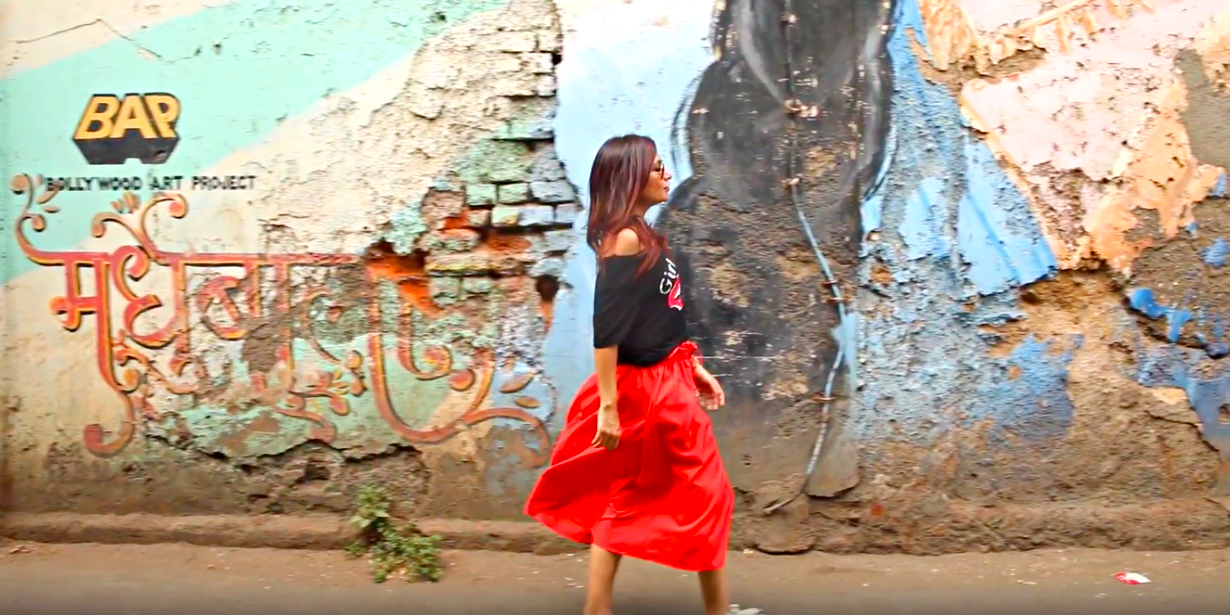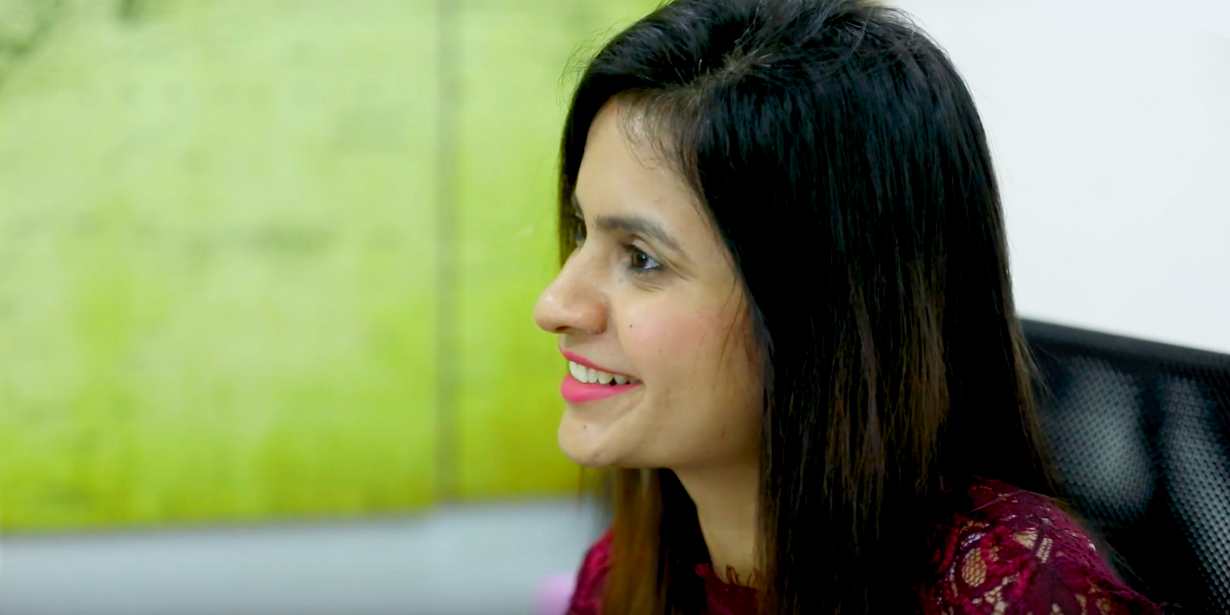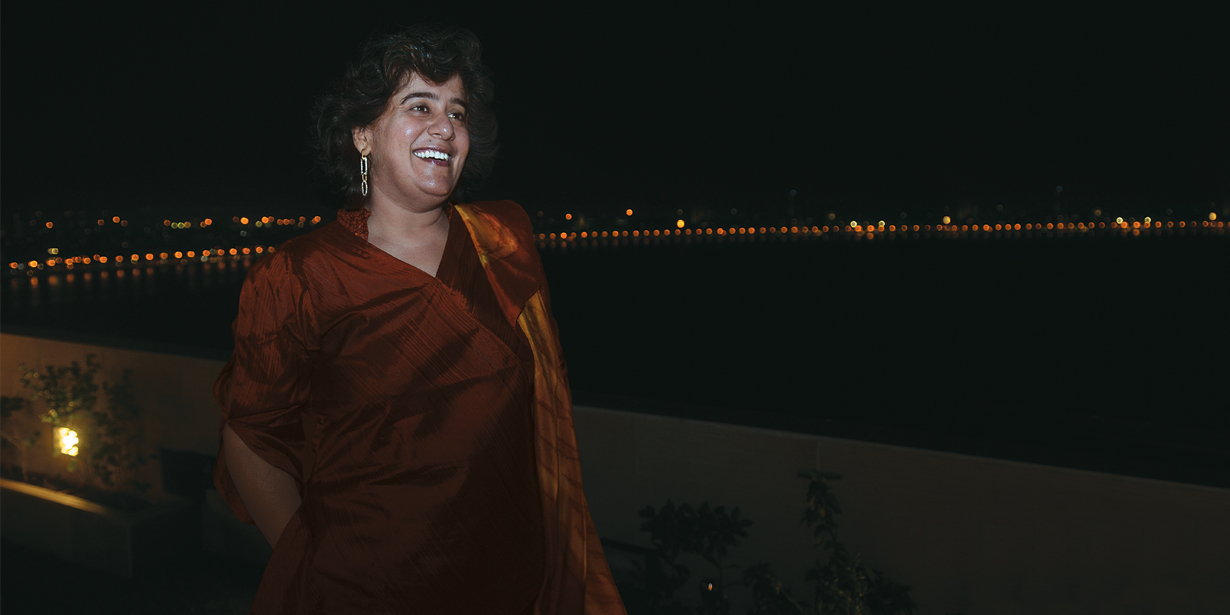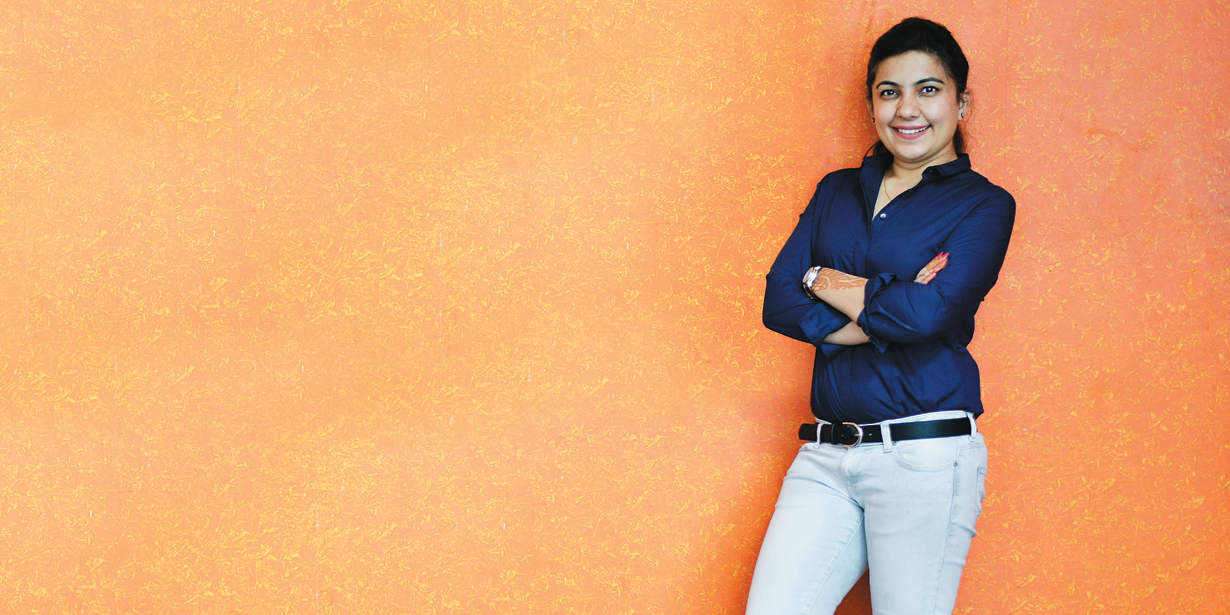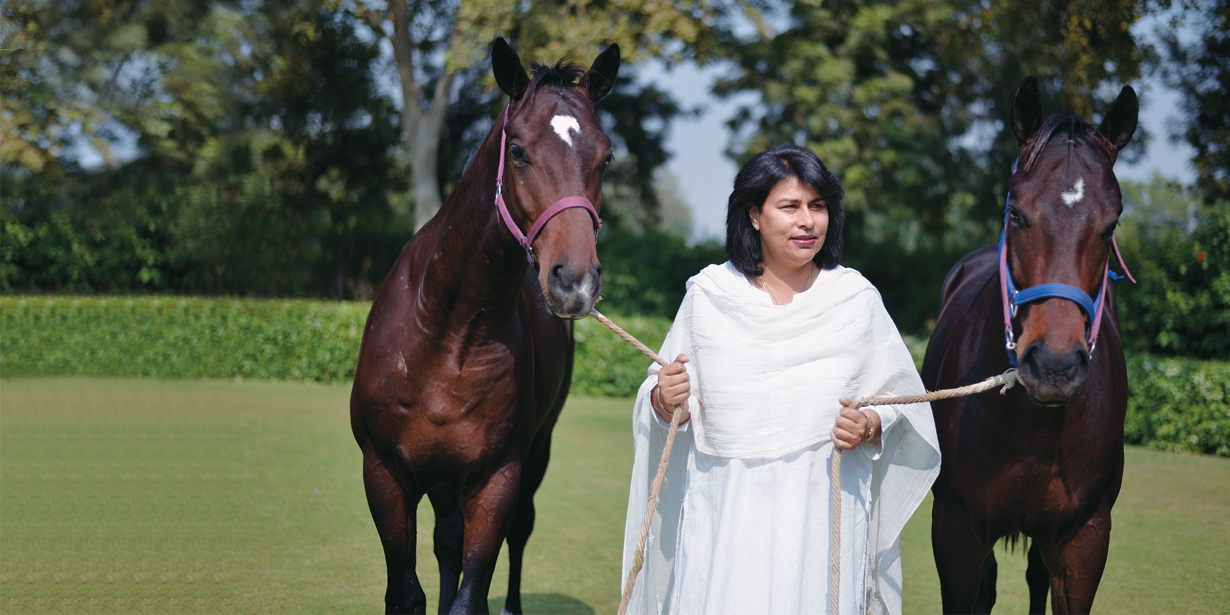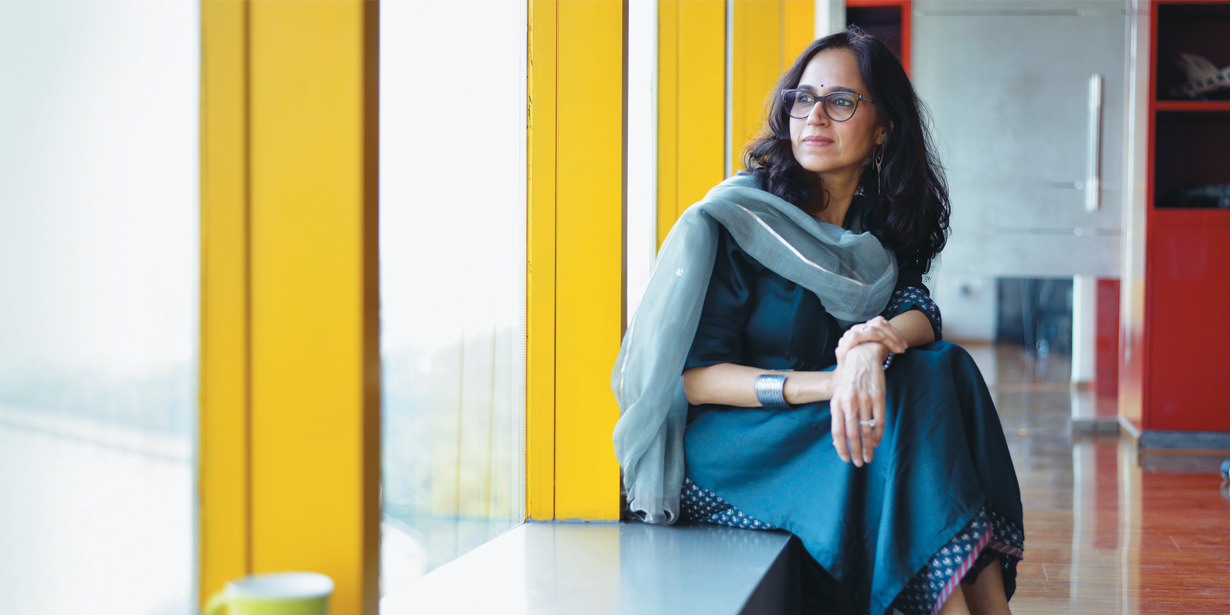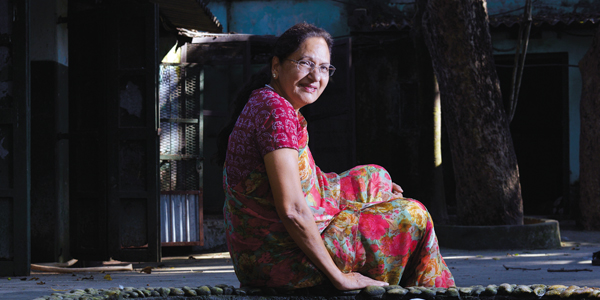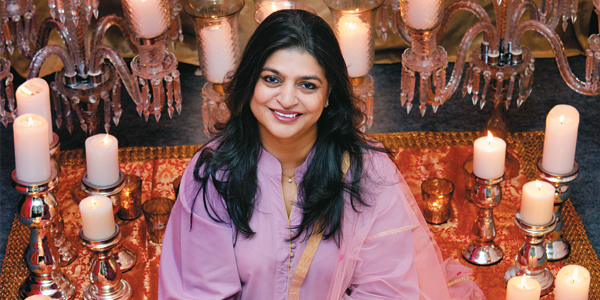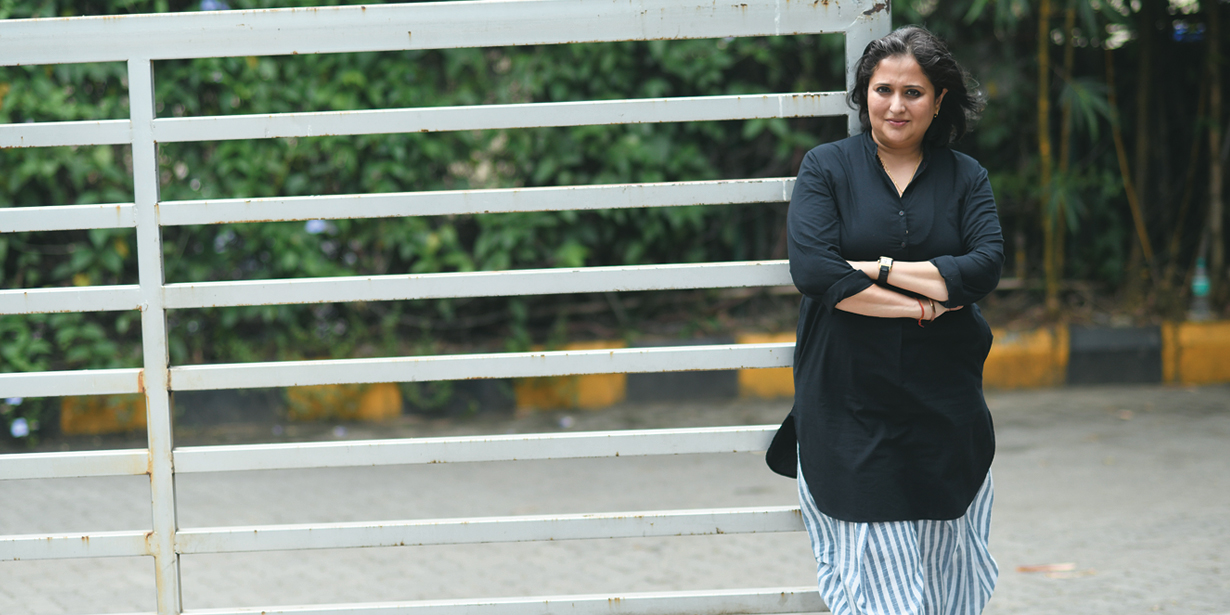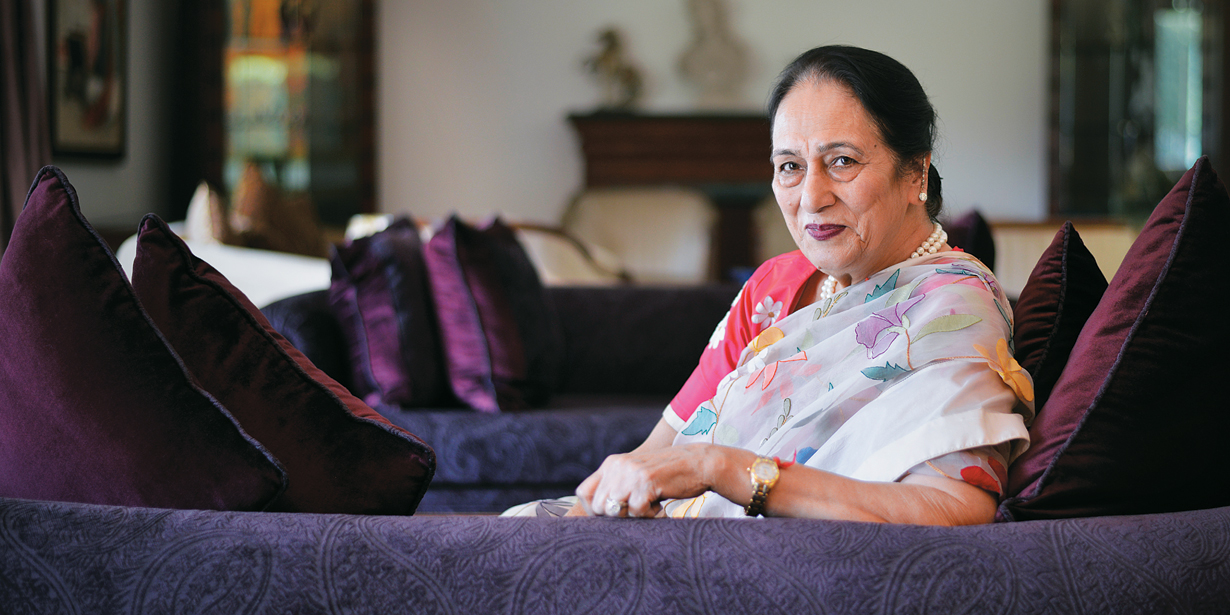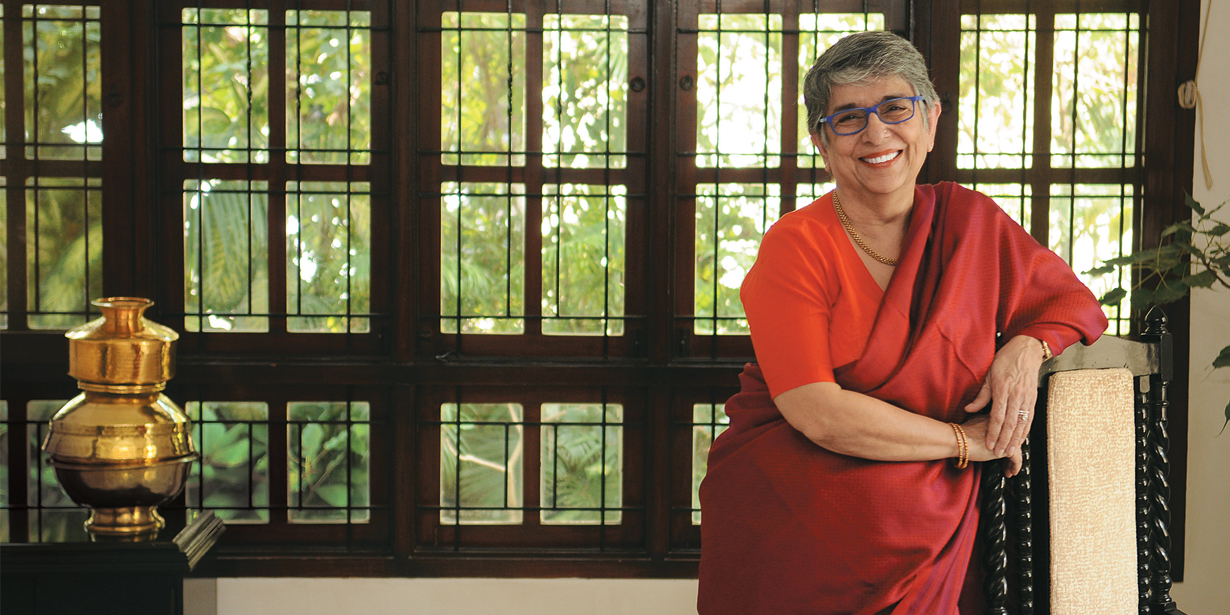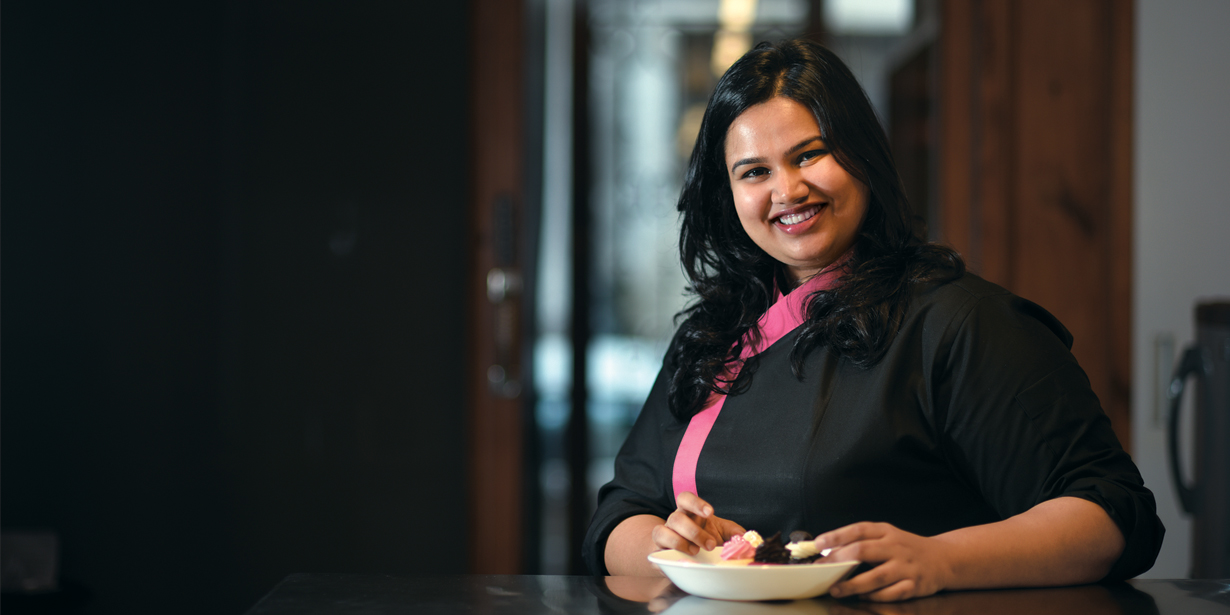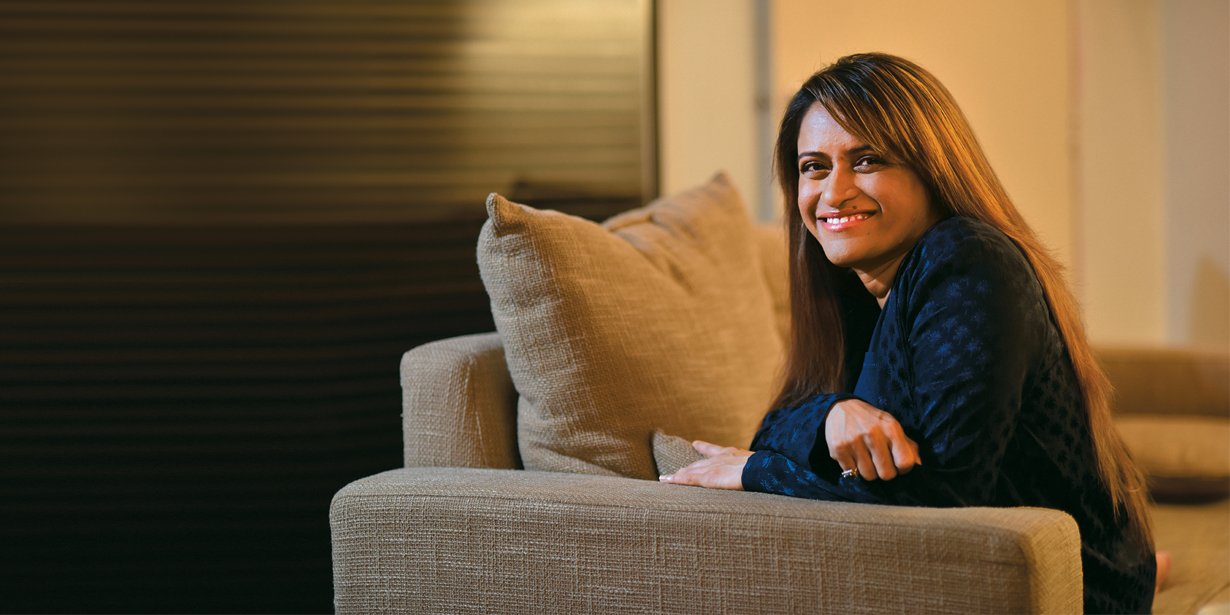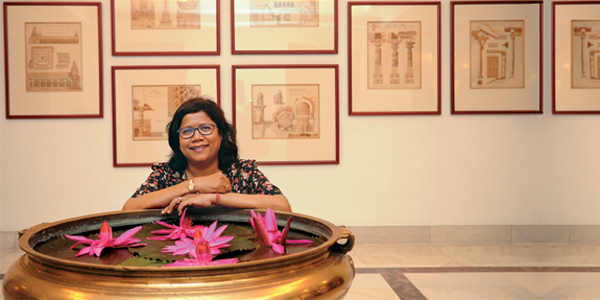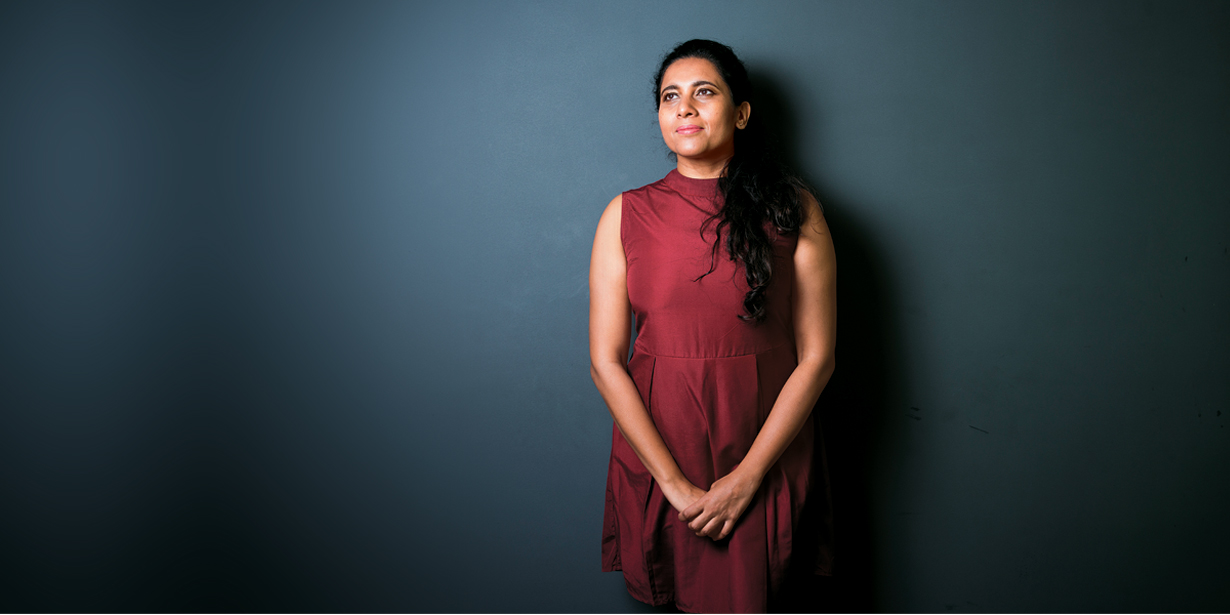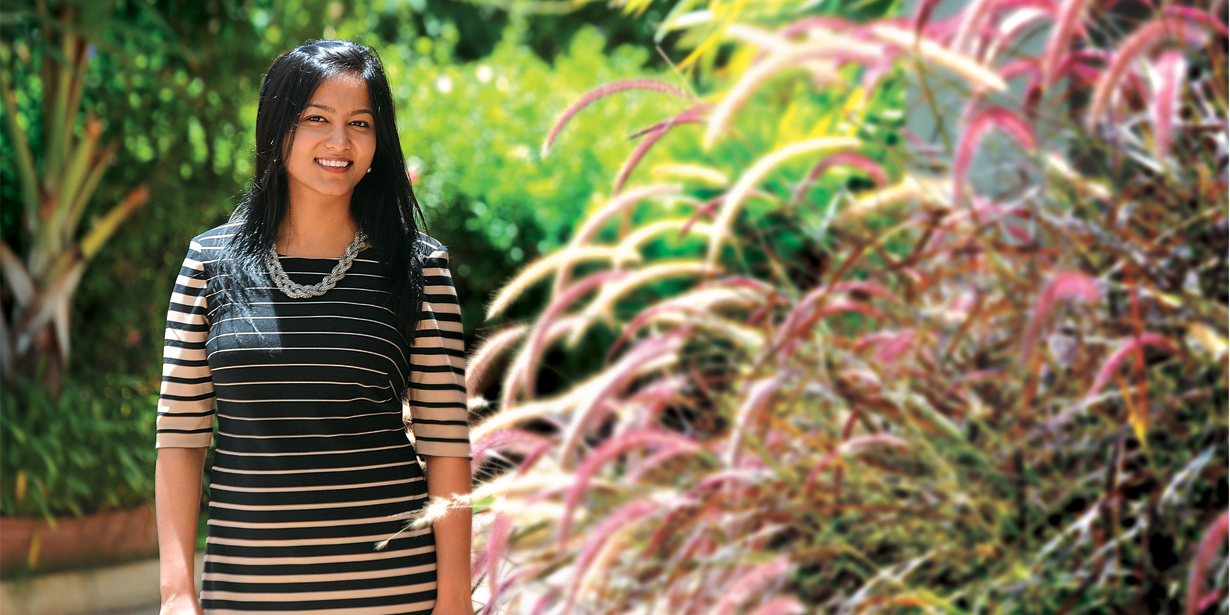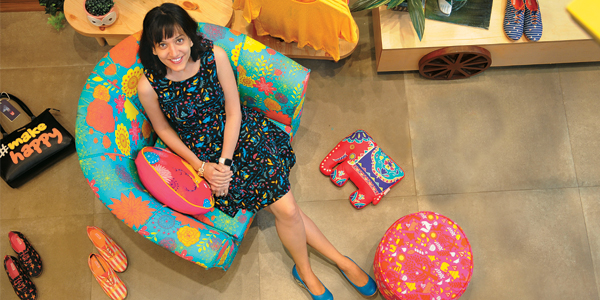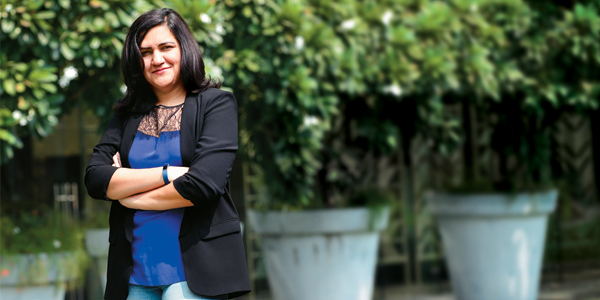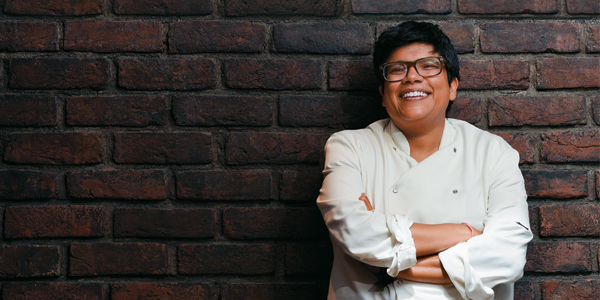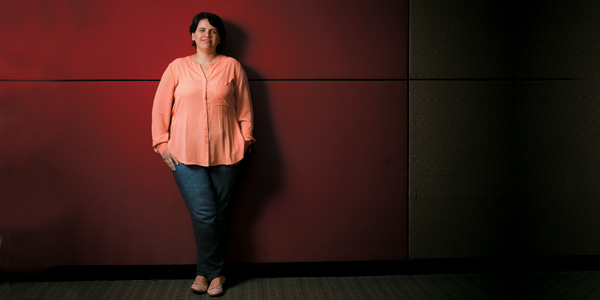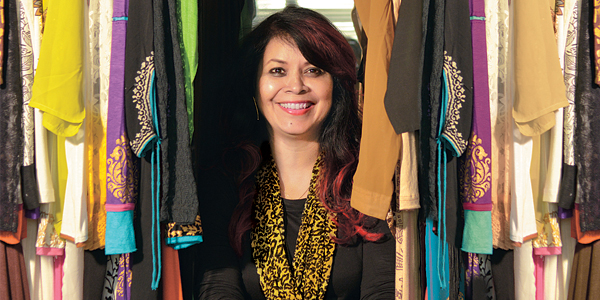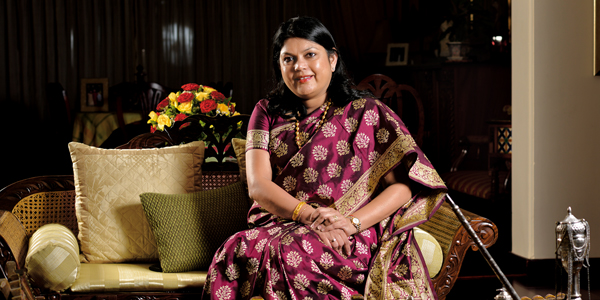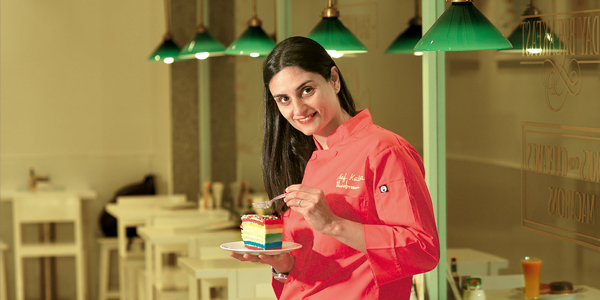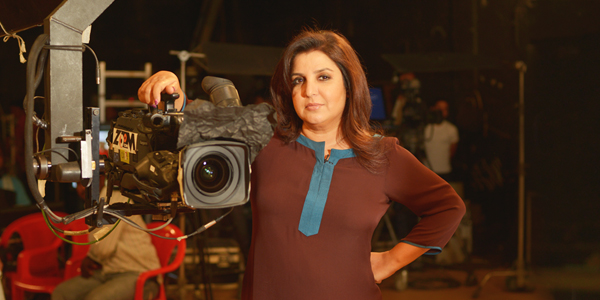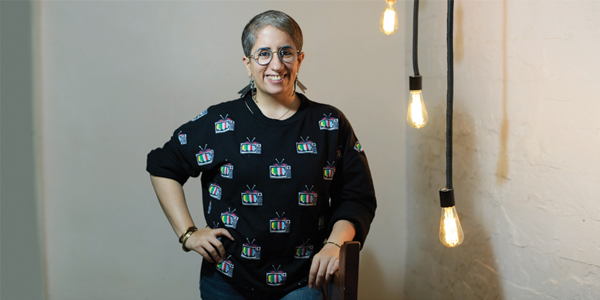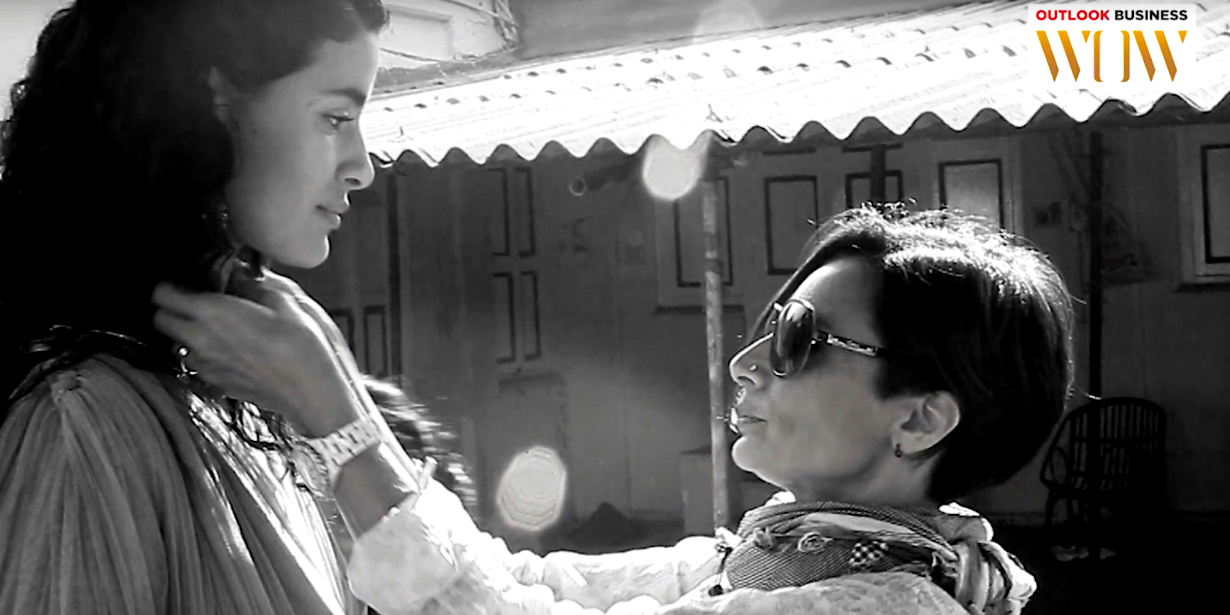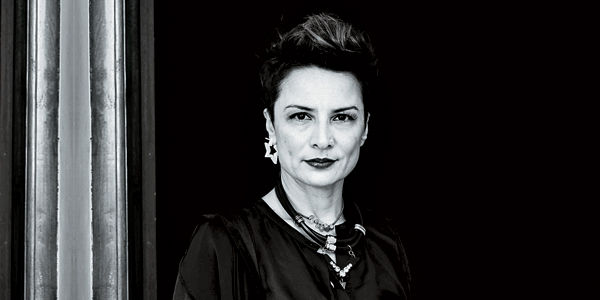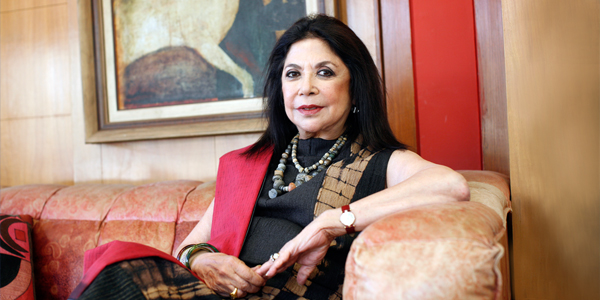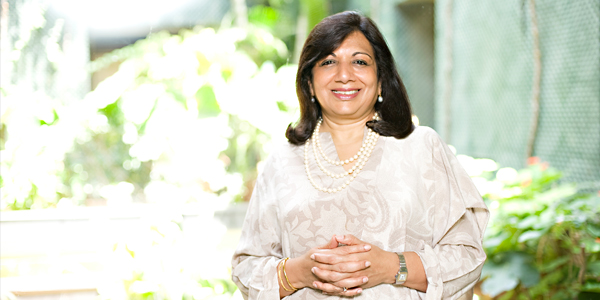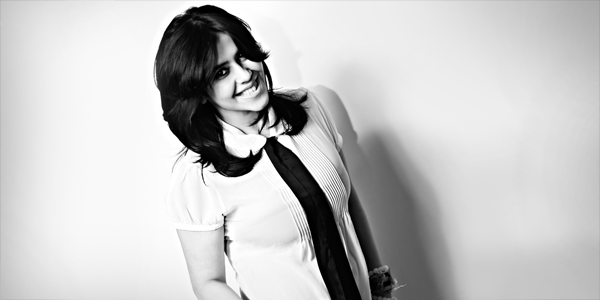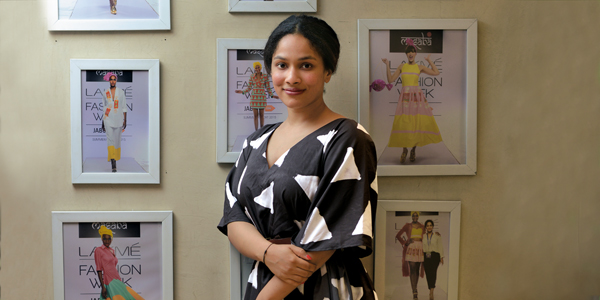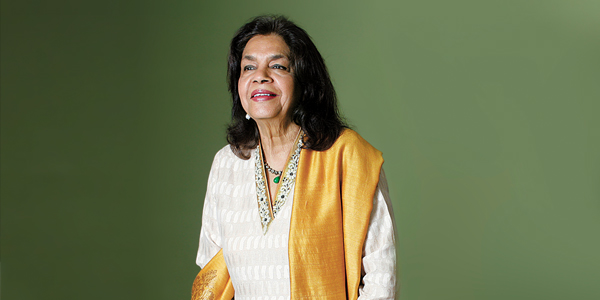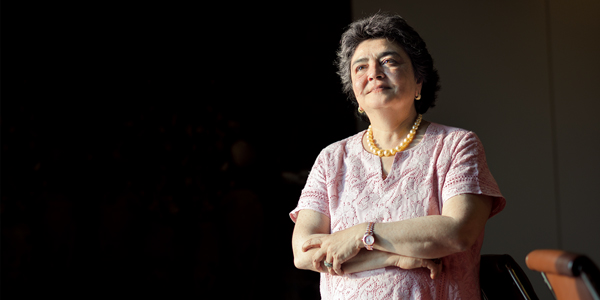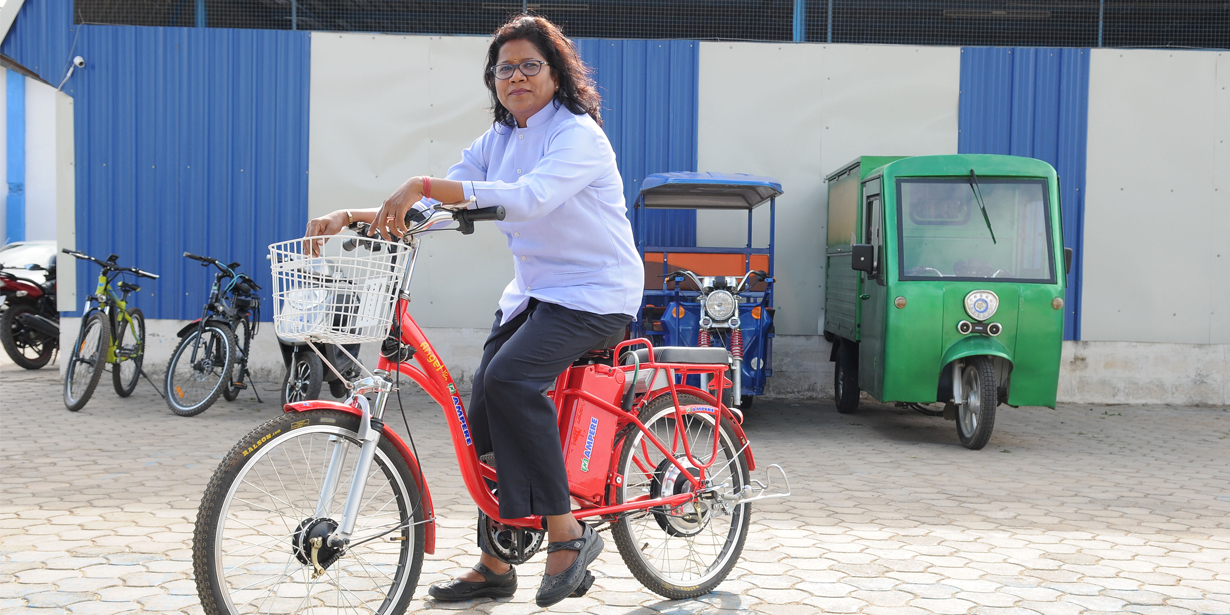With money borrowed from a neighbour, Guneet Monga went on to co-own a production company with Anurag Kashyap
At 31, Guneet Monga has emerged as India’s youngest producer to taste success by not sticking to the conventional Bollywood formula
Guneet Monga walks into the room with her family members, who have just flown in from Delhi. With her classic wide smile — “Could you just wait while I show them around the office?” — she proceeds to give them a tour of the villa that is home to her seven-year-old company, Sikhya Entertainment. She eventually returns with one of her adopted dogs, Shifu (named after a character from the popular animated film Kung Fu Panda). Both of them settle down and cosy up for an hour-long conversation over a lunchbox.
 Starting off wanting to be a myriad of things — a DJ, a car rally enthusiast, an insurance agent at Tata AIG — by 18, the young film buff in Monga was fascinated as she watched her friend’s mother, Anureeta Saigal, work on production for international films. She interned with Saigal and, over time, realised that this was probably what she wanted to do for the rest of her life. “All my friends and I were mass communication students. We all decided to move to Mumbai together and make Hindi films. So, I took the money from my neighbour [Rs.75 lakh] after dissuading him from making videos for children and putting them up online. I made him a business plan for a film and managed to convince him to give me the money by telling him he will get it back.” Monga took her skills of persuasion to Mumbai and made Say Salaam India in 2007 with director Subhash Kapoor under the banner of her first production company Speaking Tree Films, which she started with partner Harish Amin. Unfortunately for Monga, the movie — which was based on a children’s cricket team — was released on the day India made a disgraceful exit from the World Cup.
Starting off wanting to be a myriad of things — a DJ, a car rally enthusiast, an insurance agent at Tata AIG — by 18, the young film buff in Monga was fascinated as she watched her friend’s mother, Anureeta Saigal, work on production for international films. She interned with Saigal and, over time, realised that this was probably what she wanted to do for the rest of her life. “All my friends and I were mass communication students. We all decided to move to Mumbai together and make Hindi films. So, I took the money from my neighbour [Rs.75 lakh] after dissuading him from making videos for children and putting them up online. I made him a business plan for a film and managed to convince him to give me the money by telling him he will get it back.” Monga took her skills of persuasion to Mumbai and made Say Salaam India in 2007 with director Subhash Kapoor under the banner of her first production company Speaking Tree Films, which she started with partner Harish Amin. Unfortunately for Monga, the movie — which was based on a children’s cricket team — was released on the day India made a disgraceful exit from the World Cup.
Hit and Run
“All the programming heads of every cinema refused to screen the film. All the reels came back. Around the same time, I was hired to line produce Ghajini, but I left that job and decided to recover the money. Given that Say Salaam India was an aspirational movie, I realised that I could still sell it to schools for private shows. Hum Rs.50 dete the jab school se movie dekhne jaate the. So, I allowed 1,000 students per screening and booked theatres for them,” she explains. She also hired students from schools as her interns to spread the word and eventually sold the movie across schools in Delhi and towns in Punjab. Eight months later, the money was completely recovered and she was back in Mumbai to continue making films, this time under her own banner, Sikhya Entertainment. She co-produced the sleeper hit Dasvadaniya with lead actor Vinay Pathak in 2008.
However, 2009 was a mixed bag for Monga. After losing both her parents and shutting shop in Delhi, she moved back to Mumbai to begin work on Once Upon a Time in Mumbaai for Balaji Telefilms. Working for a large-scale production house was a first for her. “I didn’t have any time for personal victimisation after my parents’ deaths. Working on a massive project helped me a lot. At that level, your priorities are different, there is a lot more comfort. One of the lessons that I picked up there was regarding their audit systems — I added some of their rules to our accounting practices when I started this company. At the studio level, there are too many processes involved.”
It was around this time that she met her boss and mentor, Anurag Kashyap. Fresh from the release of his breakthrough hit Dev.D, Kashyap had become the face of independent cinema in India. And having heard of Monga’s accomplishments in the past, he decided to take her on board for his production company, Anurag Kashyap Films (AKFPL). Over time, the banner just shifted their projects to Sikhya, which is now co-owned by Kashyap. “Anurag’s faith gave me wings. At 25, and two years after joining the company, he asked me to co-own the company with him. I had produced two films with the company and I knew I could do it. But it was his belief in me that really pulled me through.” Being young was the only issue people really had when they first met Monga. “People get very intimidated by a young, strong, opinionated woman. Age was a bigger hindrance than being a woman. During big deals, it was difficult to get beyond that. I just decided to never acknowledge the difference in age,” she says.
But, there she was, trailblazing across the international film festival circuit, meeting big names in independent cinema from across the world and asking them to have a look at Sikhya’s films. “I always say that there are two ways of entering this industry —one is to work with the biggies and the other is to do something so disruptive that people sit up and take notice. When you do something disruptive, you’re always doubting yourself or feeling isolated. You’re worried the projects will never see the light of day. But when you work for yourself, the day doesn’t end.” Monga adds, “Being from Bollywood and showcasing That Girl In Yellow Boots incites a lot of shock elsewhere. ‘Tum aise story bhi bol lete ho,’ people ask.”
Breaking type
The disruption came in the form of 2012’s gangster saga Gangs of Wasseypur. Released in two parts, the movie went on to make Rs.23 crore and was an instant cult hit. It was also released at the Cannes Film Festival that year along with Monga’s pet project Peddlers. “This film really made me who I am today. Anurag was very wary of the project and wasn’t sure of it at first. My director Vasan Bala and I were very passionate about making a film together. So, I wrote a Facebook status asking for money for a film, telling people to not contribute if they think Anurag Kashyap is involved. We pulled it off on our own. So, showcasing it at Cannes was a small victory. When Anurag — a mentor and father figure to me — loved it too, it was like homecoming.” The crowd-sourced film has not been released in India till date — a fact that Monga admits remains a thorn in her side.
After releasing the widely appreciated The Lunchbox in association with Karan Johar’s Dharma Productions and UTV Disney in 2013, Monga took a dip in the mainstream. Of her association with Johar, she says, “Apart from Anurag, Karan Johar has influenced me a lot. When we were making The Lunchbox, everyone told us that the movie has no target audience. But he is like Anurag — they get excited with newer energies and questions. When I showed him The Lunchbox, he called me over. He wanted to learn about who I was and what my ideas were. He looks at space as mass. Turning our niche films into mass is something he does very seamlessly. The minute we decided to push the film as a mainstream film, things started happening normally. It’s just a matter of perception.” The Lunchbox earned acclaim, money from French (ASAP Films) and German (ROH Films) production houses and a BAFTA nomination in the ‘film not in the English language’ category.
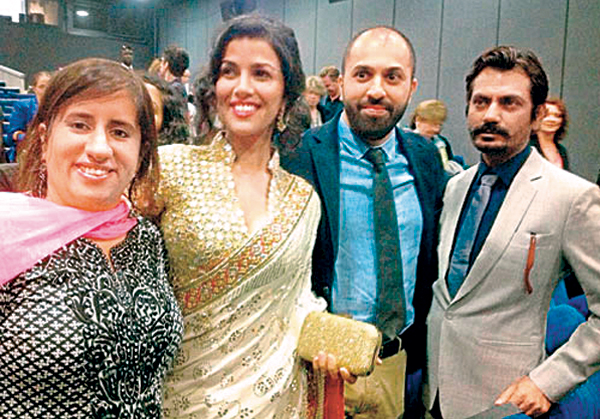
The blinding success of The Lunchbox, however, left Monga feeling depressed and disillusioned instead of uplifted and elated. With Peddlers still being unreleased, she faced the nagging question of distributing the film. She says, “There is a bottleneck of distribution. In India, we have only 4,500 screens. Blockbusters such as Dhoom 3 and PK are watched only by 3-4% of our country’s population. We’re a nation of film fanatics. We love our stars, we love our stories. We cry with these stories. So, where are we lacking? Those are not just my questions. These are the industry’s questions. That’s why I was disillusioned. There needs to be some democratisation of content. It needs to be better distributed. It’s an insular market that, unfortunately, remains limited to a few people and their coming generations.”
Getting down to brass tacks
While most would have thrown in the towel right then, Monga says she was unable to do so. Instead, in nothing short of a filmy turn of events, she shaved her head, learnt the martial art of kalaripayattu in Puducherry, went for a detox and travelled the world in search of answers. “I had so many careers linked to me. I was responsible for so many first-time directors. How could I give up on that? I am now building a business plan for alternate distribution and we’re planning to launch the network in three months.” Her silver-tinted hair, now growing back slowly, shines as she admits that she has been fearless. “My dad was running a business of his own. The fearlessness comes from him. He always told us, ‘Jo hoga dekha jaayega. Jitne paise hai, saare kharch kar do. Tum mein itni education hai, itni akal hai ke raat ko kabhi bhookha nahi sona padega.’ I’m glad it worked out. I’m happy waking up tomorrow morning to make movies and serve my directors because that’s the business I am in.”
She continues to believe that her fearlessness, her ability to dream and her optimism have made her as successful as she is today. She has not read any self-help books, but she does believe in the power of the universe. “I believe that if you put something out there, it will manifest itself into something bigger. There is a difference between faith and blind faith. If you really love what you do, there is nothing stopping you. Even if, traditionally, investment is not available for your film, you can release it. There is an audience for everything. Whoever says there is not an audience for your story is lying.” Monga’s child-like smile never fades as the curtain falls on the hot afternoon and warm conversation. She leaves us, again, with yet another film reference. “I have been living this life like Birdman. You just have to jump and find your wings on the way, I guess.”



